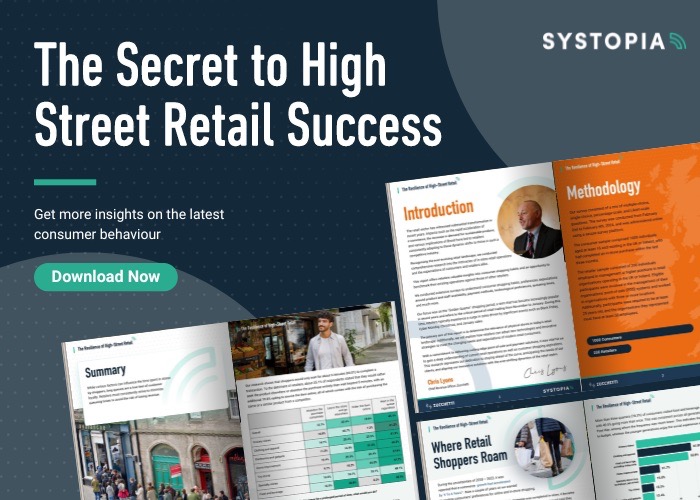The retail sector has undergone significant transformations in recent years, driven by factors such as the rapid acceleration of e-commerce, a heightened demand for sustainable products, and the implications of Brexit.
The recently published “Retail Resilience” report investigates these changes, offering a detailed analysis of in-store retail operations and consumer expectations.

Key Findings on In-Store Shopping Trends
Despite the surge in online shopping, the report highlights the enduring appeal of in-store shopping. On average, consumers completed 59.1% of their shopping in-store. Interestingly, this percentage increased during the last Golden Quarter (November to January), with 31.3% of respondents indicating they shopped more in-store, driven primarily by Gen Z and Millennials.
This preference for physical shopping during peak seasons underscores the importance of the in-store experience. Grocery stores, clothing and apparel, and food and beverage outlets were the most frequented, indicating a strong consumer preference for hands-on shopping, which allows them to see, touch, and evaluate products in person.
Chris Lyons, Chief Revenue Officer at Zucchetti, emphasises this balance in the report’s introduction: “Recognising the ever-evolving retail landscape, we conducted comprehensive research into the intricacies of in-store retail operations and the expectations of consumers and retailers alike. This report offers retailers valuable insights into consumer shopping habits and an opportunity to benchmark their existing operations against those of other retailers.”
Consumer Behaviour and Store Efficiency
An important aspect of the in-store shopping experience is efficiency, as the report shows that the majority of shoppers (57.5%) prefer to spend no more than 30 minutes per visit, emphasising the need for retailers to optimise their services. Retailers need to strike a balance between the convenience of online shopping and the tangible benefits of in-store experiences.
The Hidden Costs of Queuing
Queuing times are a significant factor, with 35.1% of shoppers unwilling to wait more than five minutes, often leading them to abandon their purchase or seek alternatives online. The report also highlights that while 45.1% of consumers are willing to wait in line regardless of the queue length, a substantial number would abandon their purchase or look for the product elsewhere if the wait exceeds five minutes, underscoring the critical importance of efficient queue management in maintaining customer satisfaction.
The report reveals that grocery stores command the most loyalty, with 61.2% of shoppers willing to wait out a long queue. Conversely, food and beverage outlets experience less patience from customers, with 36.8% opting to leave and find alternatives if faced with long wait times. This highlights the necessity for retailers in these sectors to invest in faster and more efficient checkout processes.
Recommendations for Retailers
To meet these challenges, retailers should consider several strategies:
- Optimise Checkout Processes: Invest in technology and staff training to speed up transactions and reduce queuing times.
- Enhance In-Store Experience: Create an engaging and efficient shopping environment that encourages customers to spend more time in-store.
- Balance Online and Offline Channels: Ensure a seamless shopping experience across both online and physical stores.
For a more in-depth understanding of these trends and strategies to enhance your retail operations, download the full “Retail Resilience” report today.
















